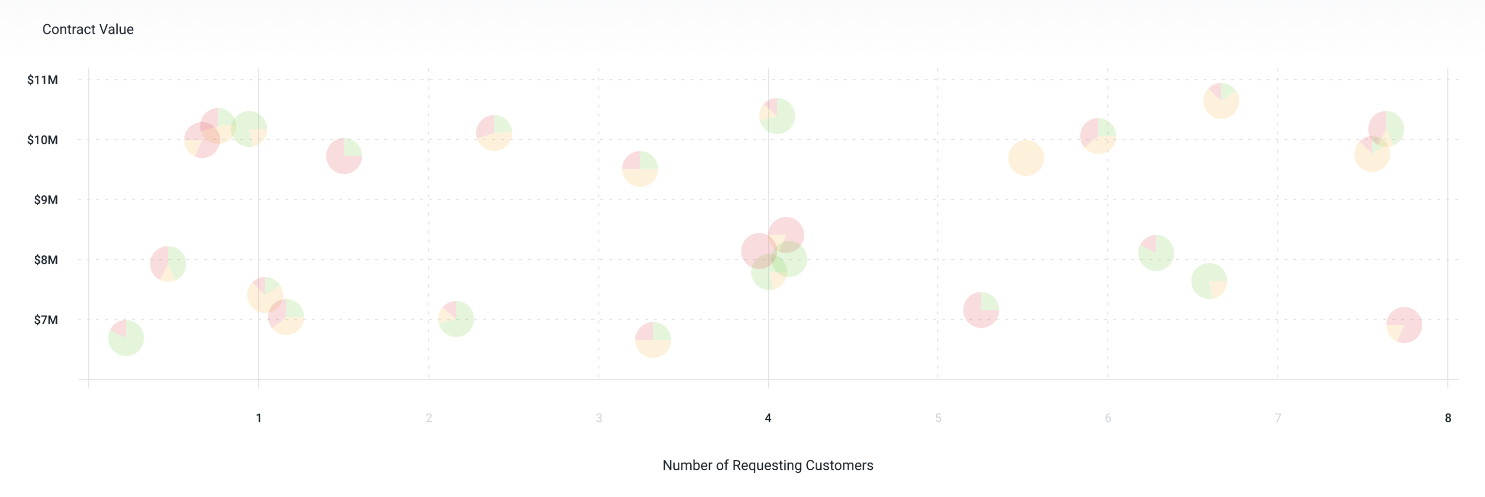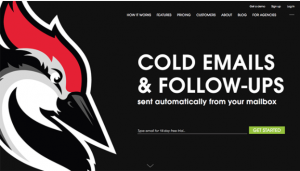Let’s start by acknowledging that Customer Success teams always have the coolest people in the company.
They are kind, optimistic, helpful, and they take really good care of customers. Want to have a beer with someone after work? Definitely invite someone from CS.
Success leaders usually manage more revenue than anyone else at the company. At later stage companies, Success can own more than 80% of the company’s annual revenue.
Success has frequent, meaningful interactions with customers. They develop a deep understanding of the customer’s problems and how the company can offer a better overall solution.
So why are Success leaders often second-class citizens on the executive team?
1. Strategy
Success teams sometimes drive company strategy, but they always rely on their peers for execution. For example, Sales often joins renewal conversations to both close and upsell the deal. Sales determines what types of customers to target and close. Cross-selling and expansion often end up back in Sales. Product examines feature requests and provides features they think will drive customer engagement. Engineering fixes bugs that get the most complaints. Marketing decides which content, events, and success stories will enable upsells and cross-sells. Success is often not present in setting strategy, despite their extraordinary connection to customers.
2. Roles
In general, the Sales leader has a big personality and is more comfortable creating conflict to get what they need. The Product leader gets the glory when a new feature rolls out that moves the customer engagement needle. The Engineering team gets more budget because they’re missing delivery dates and need more resources!! Marketing owns the website, content, demand gen and most of the other brand touch points which elevates their visibility. In many organizations, Success is treated like customer support plus.
In order to become tier-one executives, Success leaders need to use their deep insights about customers to drive strategic decisions with each of their go-to-market peers.
… with the Chief Product Officer
Your peer in Product has the daunting job of making critical feature and product prioritization decisions armed with minimal data. They need to balance features for key future customers, existing renewing customers, power user requests, bug fixes, quality of life improvements, and big swing revenue features.
You get a real seat at the Product table when you can track the following for every incoming product and feature request:
- Contact title
- Account value
- Health score
- Renewal date
- Intensity of the pain
- Ease of workaround solutions
Once that data is centralized, you can share reports with your Product peer that visualizes feature requests in different ways. For example in the report below, each feature request is aggregated by contract value, number of requesting customers, and health of each of those customers. These visualizations make it easy for you to advocate for features that will move the Gross and Net Retention rates for this quarter and this year.

Instead of only offering anecdotes and opinions, you now have the data to support your position to get critical features implemented.
… with the Chief Revenue Officer
Sales Ops is slammed with deal desk, implementing improvements to CPQ, writing new reports, etc. They don’t have the bandwidth to examine what happens with customers after the sale.
As the Success leader, you have an obligation to measure the performance of each account in the following ways:
- When the deal closed (relative to end of quarter)
- Account executive
- Title of buyer
- Title of decision maker
- Region
- Industry
- Company size
- Deal size
Aggregate deals in these categories to detect which groups perform best with their engagement metrics, advocacy and renewal rates. This exercise will reveal one or more customer profiles that are ideal for your product. Sometimes a combination of factors yields very strong or weak performing customer segments.
Use that data with the Chief Revenue Officer so they can focus their (limited) resources prospecting to customers that are more likely to renew and grow. Long-term, you’ll help the company develop a much more engaged and successful portfolio of customers with strong renewal and growth characteristics.
… with the Chief Marketing Officer
Your peer in Marketing works hard to produce content for you and the Sales team to enable deal flow. But how does Marketing decide which customers to work with for success stories, which communication themes to drive account-based marketing, and what content will lead to the best customer marketing program? It’s very difficult for Marketing to get access to customer conversations, so many of these content decisions are made by junior copywriters based on content that’s trending online.
The solution going forward is for you to reveal major customer trends including:
- Which questions are being asked the most?
- What is the account size of those customers?
- Which industries ask each question?
- Which customers are happiest and best suited for a case study?
- At which time of year do recurring questions get asked?
- What are some of the major initiatives within each account?
This data is nearly impossible to collect manually, so you’ll need to implement a product that can collect this data automatically. Once aggregated, you’ll have an active seat in helping Marketing to drive the right content, to the right customer, at the right time.
The Marketing team also owns pricing and almost always sets prices based on feedback from a vocal Sales team, but rarely contemplates in the impact to the Success team and renewals. Success can have a significant role in pricing by feeding back to marketing answer to questions like:
- Is the problem that our product solves severe enough to justify the price?
- How have discounts hurt the market price point?
- Do competitors offer more affordable alternatives?
- How does high or low pricing impact renewal rates within each segment?
- What is the typical path to upsell and does pricing make that path easy to follow?
Armed with answers to these questions, the Success leader can drive a pricing and upsell strategy to protect the company’s long-term pricing strategy, and enable easier upsells into healthy accounts.
… with the Chief Finance Officer
This peer is the gatekeeper of your money. They’ve probably set the cost to retain customers at somewhere between 7–13% (many companies are below 5%!). You want more budget. Actually, you need more budget to move the needle on net retention rate. The CFO won’t budge until you can make an ROI case.
When advocating for new Success campaigns, outline which renewal indicators you want to impact:
- Customer maturity
- Product
- Experience
- Pricing
- Usage
- Retention
- Advocacy
Then estimate the change in engagement or health score you expect to see within 90 or 180 days. Also estimate the change in renewal rate (though metrics will take about a year). Your plan will explain what you’ll do with your budget in the worst, expected and best case scenarios.
Giving the CFO early and late indicators of success will enable them to free up budget for you and will make you a true partner in the company’s financial outcomes. You’ll be perceived as an executive who is thoughtfully experimenting with growth strategies while being responsible with the company’s money.
The future
The future of Success isn’t going to be about gathering more usage data, or implementing a more disciplined CS process, better training, or doing more QBRs. Instead it’s going to be about a deep understanding of the customer, product market fit, and driving key strategic discussions with the CEO and exec team to truly move the net retention needle.

The Success leader is the gatekeeper of the company’s most precious asset—deep customer insights. The Success leader will use those insights to help the company find product-market fit, enable the Sales leader prospect to the right customer profiles, enable the Marketing leader develop the right content and pricing strategy, enable the Engineering team fix the right bugs, enable the Product team develop features that will have the biggest impact on renewals, and finally after all of that is done, enable customers have success with the product.
In 10 years, the “Customer Success” department name will be shortened to “Success” because it will be the key driver of strategy for both internal and external stakeholders. Success will finally get the first class seat it deserves on the executive team.
Business & Finance Articles on Business 2 Community
(18)
Report Post






